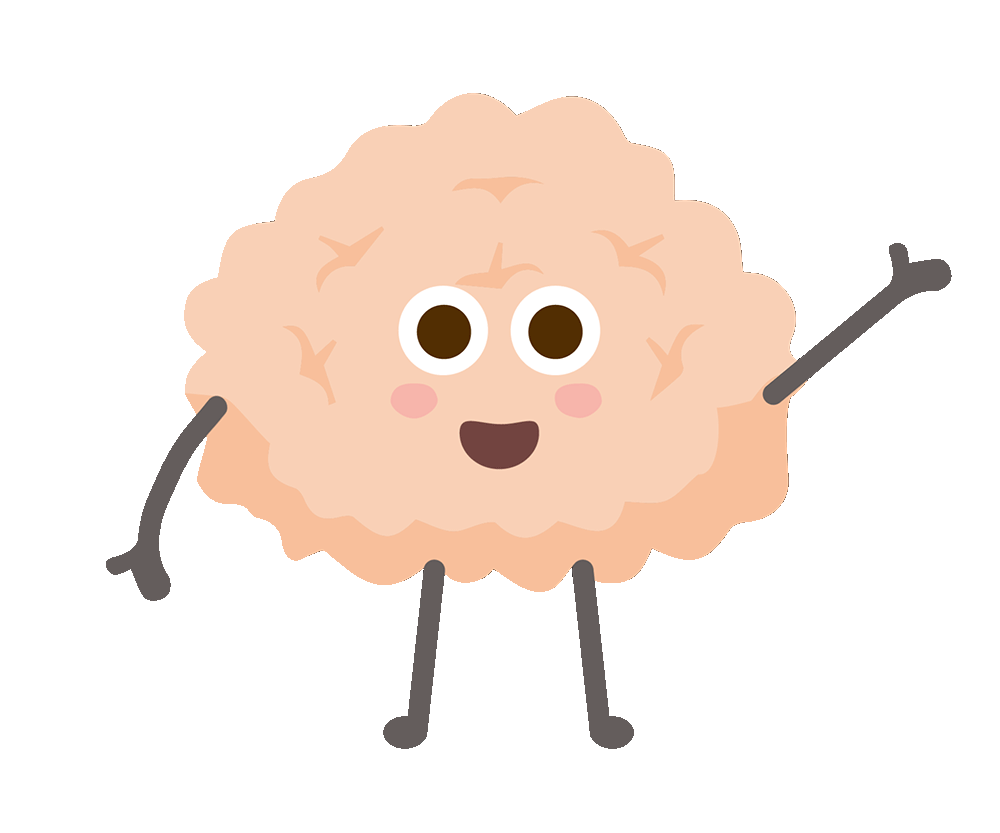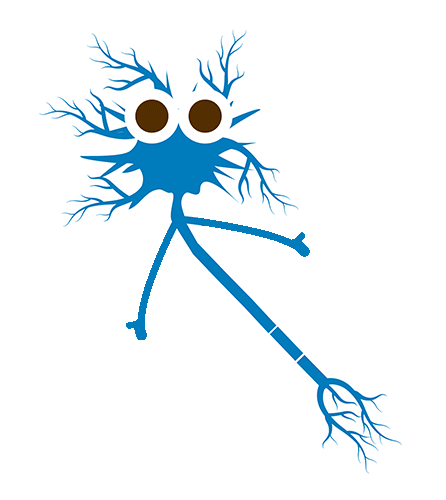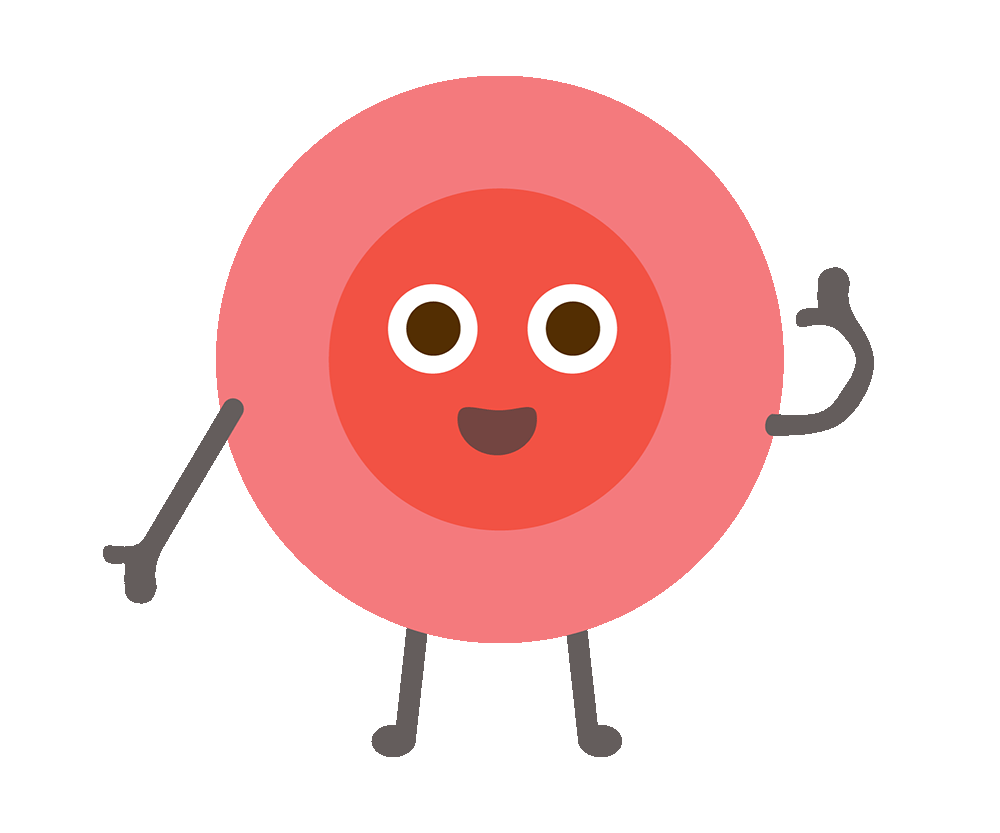
DNA

The amazing way DNA works

But what does DNA do? Think of it like an instruction manual. If the cells in your body are the building blocks for making your brain, heart and more, then DNA is what tells those building blocks what to do, how to assemble, how to grow, how to breathe and eat … everything!





If you think of DNA in terms of computers, 1 gram of DNA can hold 1 million gigabytes of information. It is such an efficient data storage ‘device’, scientists are one day hoping to use DNA to store information that is now stored in computers. They theorise DNA would allow us to store all the world’s information in one room. Amazing!

But DNA is not a new invention. Plants, animals, and even bacteria and some viruses have been using DNA for billions of years. Some of the components of DNA have even been discovered in meteorites, and scientists have shown DNA can form in outer space. Who knows, there may even be aliens somewhere in the universe who use DNA like we do.





So, how does DNA hold so much information? It uses a code. There are four ‘letters’ in the DNA code: A, G, C, T. These stand for the chemical ‘rungs’ found on the DNA staircase or ladder. Their full names are Adenine, Guanine, Cytosine, and Thymine. These letters are read by our bodies and provide the instructions for making proteins. Proteins help give the cells that make up our bodies their structure and keep everything functioning.

If you think of our body as a house, the DNA is the instructions for building that house and the proteins are the bricks, mortar, wood, glass, nails, and everything that goes into making the house.






Each section of DNA code that makes a protein is called a ‘gene’. There are about 25,000 genes in humans.

Genes are called ‘coding’ DNA and make up only 1% of the DNA found in humans. 99% of the DNA is ‘noncoding’. Some noncoding DNA is believed to be junk leftover from our evolution, but some controls the coding genes, telling them where and when to turn on and off.


Genetic Diseases and Gene Therapy
Did you know there are more than 6000 different genetic diseases?



While often inherited, many genetic diseases happen ‘out of the blue’ due to chance occurrences, so they can affect anyone. Most are poorly understood and have no specific treatments or cures.
Often called disorders, syndromes, and other terms, genetic diseases can be confusing, but put simply—they are conditions caused, at least in part, by changes in our DNA.



Together with your upbringing, education, and other factors in your environment, DNA has a major role in making you who you are. Unless you are an identical twin, your DNA recipe is unique. We get half our DNA from our mother and half from our father.




Random errors that occur naturally, or exposure to radiation and harmful environmental substances like asbestos, can cause changes in our DNA. These changes are sometimes called ‘mutations’. Most of the changes are harmless, but some are not.


Our DNA information is massive. If written out, it would fill 1 million pages. And changing just one single letter in all those pages can cause a genetic disease like cystic fibrosis. That’s one terrible typo!




Cancer is a more complex genetic disease that only occurs when multiple genes are damaged. Mostly, that damage is not inherited but results instead from random changes or environmental factors like UV light, other radiation, or dangerous chemicals. Sometimes, people inherit a damaged copy of a 'cancer gene' from their parents, which results in an increased risk of getting cancer.




While not all genetic diseases are life-threatening, they can still have a profoundly negative impact on the lives of affected children and families.
Gene therapy is a method of curing genetic diseases by correcting the cause, by fixing the error in the DNA.


A gene with the correct DNA information is inserted into a vector (usually a harmless virus like AAV), which functions as a delivery vehicle that can go into the cells of a patient to correct the DNA information and restore normal function. This is already being used to treat diseases like haemophilia and spinal muscular atrophy.


















